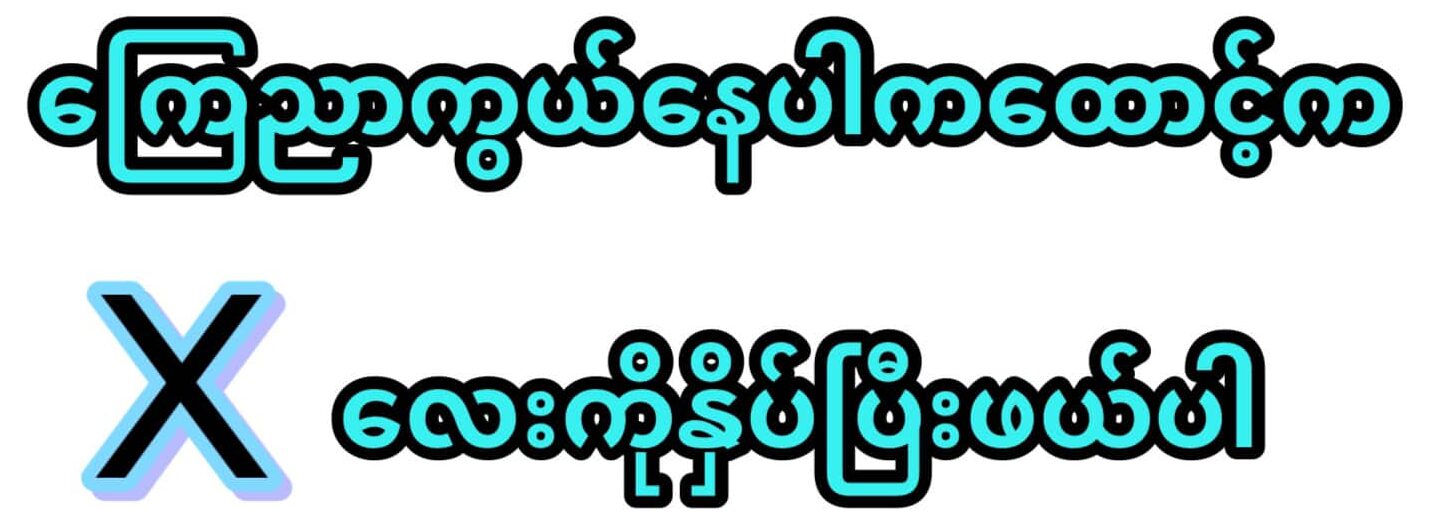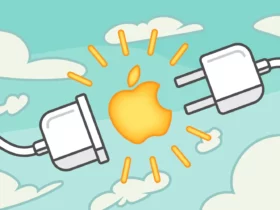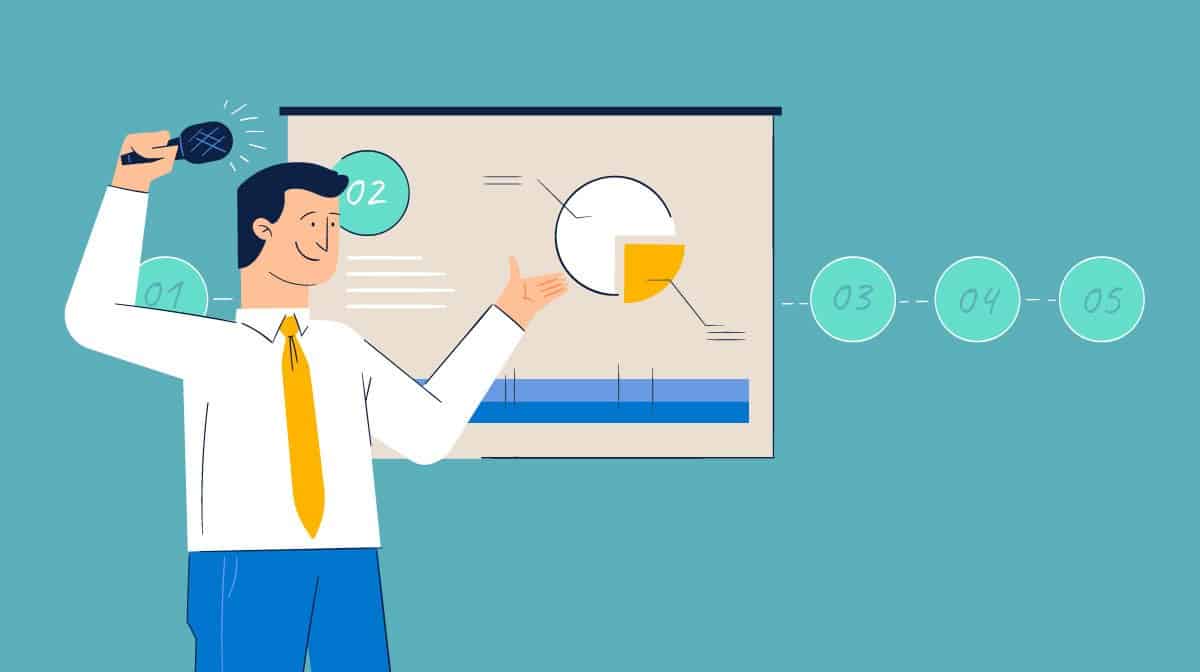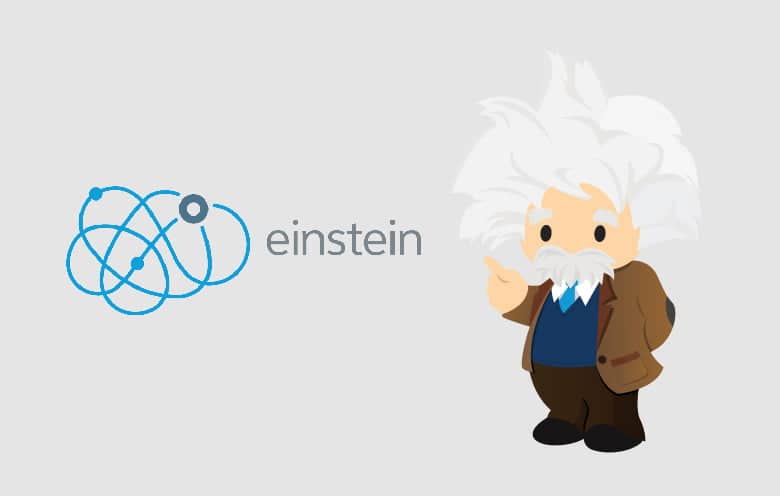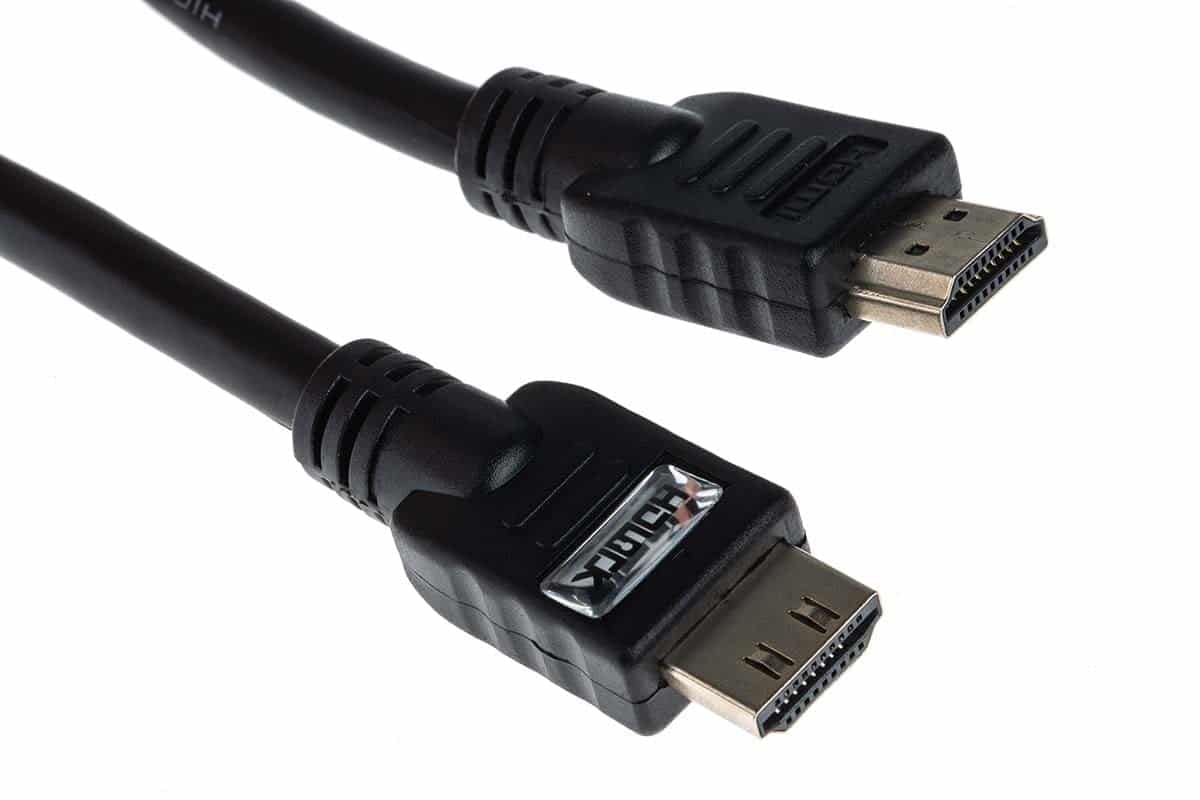The term “text visualization” refers to the meaningful and understandable visual representation of textual data. Visual representations of textual information are created by it. They could consist of graphs, word clouds, network diagrams, and other visual formats like charts and graphs. Text visualization approaches assist users in gaining insights, spotting trends, and gleaning valuable information from massive amounts of text data in light of the advent of big data and its various applications.
Text visualization can be used to summarize large amounts of unstructured data, explore trends and patterns in data, and communicate the findings of text research. Text visualization has become very popular as a text analysis approach since many executives prefer it over the standard reports that are only loaded with statistics. This post is beneficial for people who want to make text visualization their go-to method for data analysis.
Three primary sub-sections make up the blog post’s content: the different types of text visualization approaches, their advantages, and how to use data visualization in your business. The blog is an in-depth manual regarding text visualization and how to use it for your organization’s ongoing growth.
Text Visualization Techniques
The sorts of text visualizations that you need to be familiar with if you wish to use data visualization at your firm are covered in the first portion of this blog. Understanding how to use different text visualization approaches is essential for their effective deployment because they are each best suited to specific contexts.
Text clouds
Words are displayed in varied sizes in word clouds to represent text data, with greater sizes denoting terms that are more frequent or significant. This method of text visualization provides an efficient and simple way to find frequently recurring phrases in a text corpus. Word clouds are ostensibly used for content analysis, when a researcher looking into a product or an SEO expert wants to see which terms are used more frequently in a particular text. Additional applications include social media analysis, in which businesses comb through posts to locate pertinent information regarding their brand or goods.
Warm Maps
These text visualizations make it easier to examine connections between various factors. Heat maps demonstrate the degree of similarity between several things by coloring similar phrases in the same way. The heat maps can discriminate between similar and unlike terminology by employing additional color tones. Heat maps are mostly used by websites to determine which areas of the page visitors click on most frequently. Similar to that, it can be applied to client geolocations to display a data visualization of the locations of the busiest shopping areas.
Heat maps and scatterplots are similar, however scatterplots depict the various entities as nodes rather than as different color hues. Afterwards, these nodes can be represented graphically, connected to demonstrate links, or displayed on a chart to discover relationships between all entities. The most popular application for scatterplots is obtaining text visualizations that are simple to understand and may be used to identify outliers or find relationships between things.
Community Graphs
In network visualizations, relationships between items, such as words, themes, or authors, are depicted as nodes and edges. They provide insights into the underlying structures of textual data by exposing linkages, co-occurrences, and interdependence. A excellent approach to see how all entities are connected is through network graphs. They are used to determine a client’s or website user’s social media connectivity and how they are connected. The most widespread application is in SEO, where links enable measurement of information dissemination and search engine rankings.
Leaf Maps
A text visualization tool that displays the hierarchical organization of text data is a tree map. They provide a clear picture of the arrangement and distribution of information by demonstrating how several topics or groups are nested within one another. The market shares of rival brands and businesses are displayed using tree maps, which is one of the most significant uses of this information visualization technique. These examples give CEOs a clear visual representation of their position and the competition. The popularity of a website’s pages and the ones that need more attention are also mapped out using tree maps.
Bar Diagrams
These data visualizations show the frequency distribution of particular phrases or themes within a dataset. They make it simple to compare and identify the most prevalent or important aspects. It does the best job of converting discrete data into comprehensible rectangular units that may subsequently be sorted in either decreasing or increasing order. Bar charts, which remain a common data visualization technique, can be used to display survey results and feedback forms with clear point scoring.
Embedding words
The context and meaning of words are arranged in a vector space to demonstrate their association in these data visualizations, which are based on the most recent approaches to natural language processing. According to their similarities and contextual proximity, each object or word is given absolute coordinates in this vector space to represent them. While farther away entities are less likely to be similar, those close by are comparable. A relatively new method that helps businesses comprehend a text corpus and its relationships is word embedding.
Text visualization benefits
The advantages of text visualizations are discussed in the second half of this blog.
Greater understanding of the data
Users that employ text visualization can quickly understand the overall organization and substance of lengthy texts. It provides a succinct summary of the textual input so that users can comprehend it fast. It makes it possible for people to comprehend the key themes revealed by the data. Also, it aids in clearly indicating the primary themes and sentiments contained in the data, which is a huge advantage.
Superior Decision-Making
By offering visual summaries, comparative analysis, or trend detection, text visualization can help decision-making processes. Users may more quickly find actionable insights, make data-driven decisions, and track changes over time when textual data is presented in a visual format.
More Connectivity Efficiency
Text visualizations make it easier to communicate conclusions and revelations gleaned from textual data. They give complex knowledge to a larger audience in a more approachable and interesting way. Visualizations may create a compelling data-driven narrative that makes it simpler to communicate important ideas and promote knowledge sharing.
Detection of Trends and Patterns
Finding patterns, trends, and linkages in textual data is made simpler by visual representations of that data. Text visualization enables readers to find significant insights and comprehend the underlying patterns inside the text by emphasizing word frequencies, co-occurrences, clusters, or temporal changes.
Increased Understanding and Engagement
Users who can easily understand the core ideas behind the text are more receptive to communicating with brands and businesses thanks to text visualization. Brands use sentiment analysis as one method to gain insightful information about consumer attitude. Brands are better equipped to pinpoint client complaints and effectively resolve them.
Guidelines for Text Visualization
This blog’s third section discusses best practices for implementing text visualizations as well as potential difficulties.
Preparation of Data
In order to make text data more usable for analysis, it can be large and complex. While using data analysis tools, the first goal is to streamline and arrange the data into a structured manner. The objective in this situation is to accurately store relevant information that can provide crucial insights. Such data preparation aids in simplifying and clearing up the visual representation of data.
Choose the Best Visualization Method
One of the most important parts of conducting such an analysis is choosing the visualization approach that fits your objectives and the type of textual data. Depending on the information you wish to express, take into account approaches like word clouds, bar charts, network diagrams, scatterplots, or tree maps. For instance, bar charts can be used to visualize discrete data since they are simple to grasp, whereas network diagrams and scatter plots can be used to visualize more complicated data and identify relationships between things.
Making Powerful Visualizations
Text visualization relies heavily on visual appeal because it provides the data in an appealing way. To produce representations that are aesthetically beautiful and engaging, take into account color selections, layout, contrast, and overall aesthetics. Nonetheless, the major objective here is to represent the data for analysis. It shouldn’t be given up for readability or aesthetics.
The production of interactive visualizations
Users can interact with data through interactive elements, making data interpretation more interesting. Include tools like filtering, searching, zooming, or linking to give consumers more flexibility and let them explore particulars. Consumers want to observe how various scenarios play out for themselves as they become increasingly conscious of the data all around them. This type of data interaction is crucial since it increases client engagement.
Iterating and evaluating
Test your text visualizations with representative users to confirm their efficacy. To make sure the visualizations successfully convey the desired insights, get input, spot potential improvements, and iterate on your designs. To continuously enhance the data visualization process and capitalize on the benefits of text visualization, it is imperative to carry out this task.
Conclusion
Using NLP and AI-based techniques, text visualization is a potent method for visually exploring, analyzing, and communicating the information found in textual data. By turning text into visual representations, we can obtain important insights, spot trends, and find unspoken connections that can be challenging to understand through conventional textual analysis alone.
Text visualization includes a variety of techniques and tools, such as word clouds, heat maps, scatterplots, and network graphs, each of which has a particular function in illuminating particular facets of the data. Text visualization can help us better grasp information that is based on text and assist us in making more informed judgments by utilizing the most recent technological advancements and text analysis software.
This blog aims to list the different kinds of text visualizations, their advantages, the best text visualization tools in each situation, and provide guidance on how to pick a text visualization tool. The art of text visualization can be a useful talent to master and put into practice, regardless of whether you’re a data scientist or conducting product viability studies.

